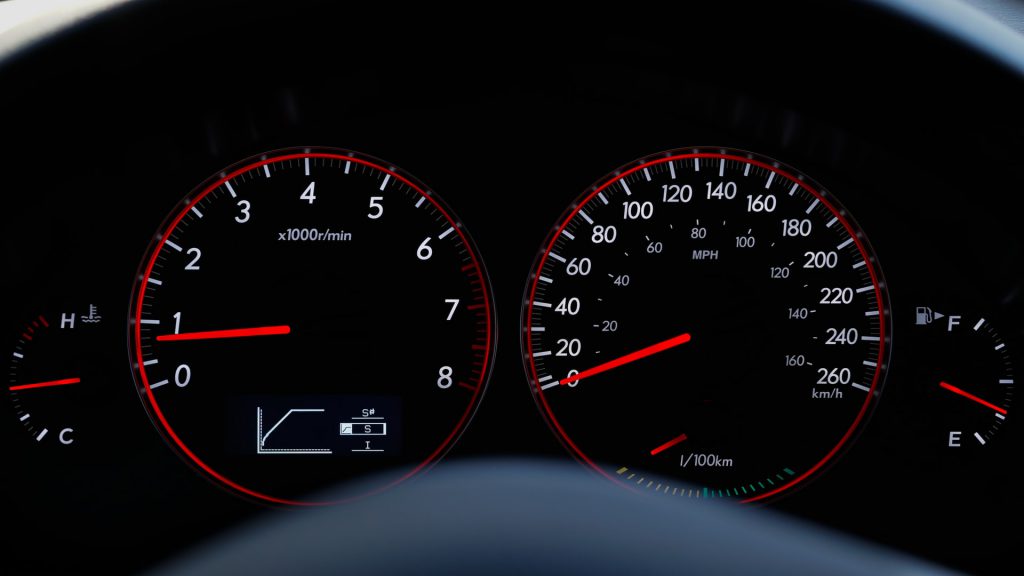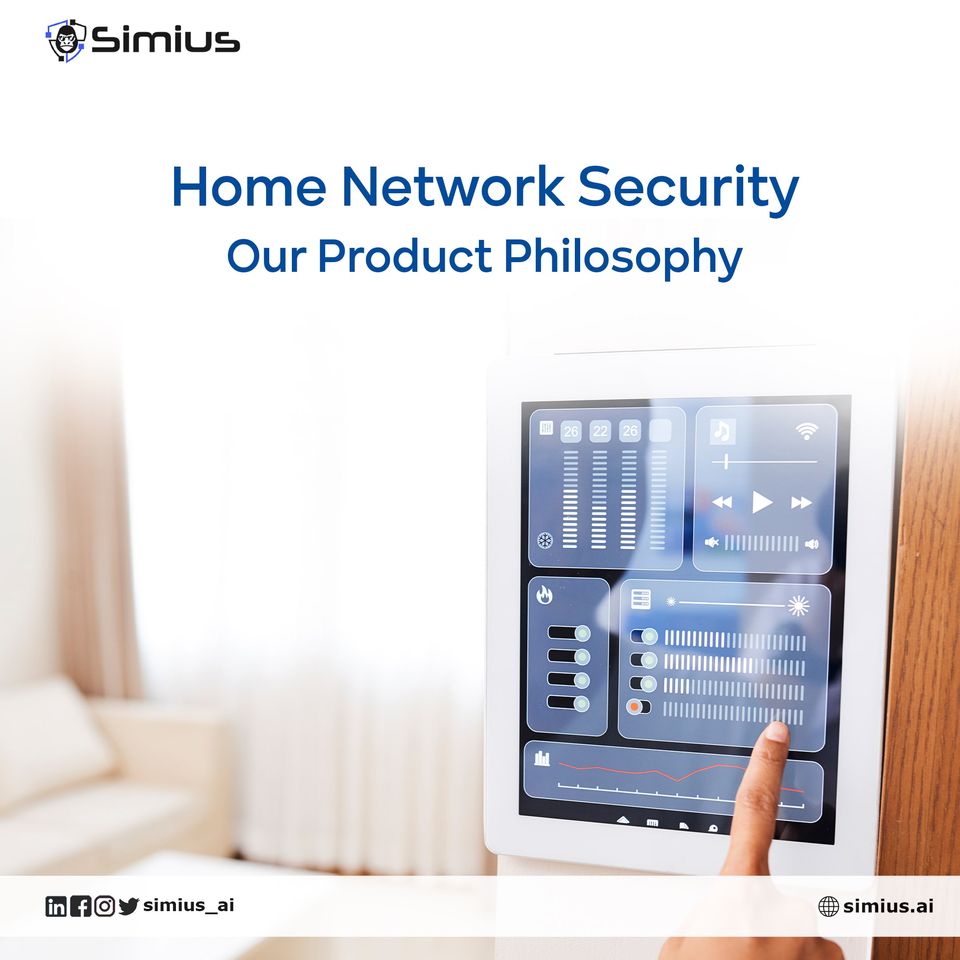Network security is complex, in this post we are going to argue why Home Network Security should be simplified if it is to be effective.
Some Background
Whilst rebuilding our main dashboard to accomodate one of our new network security modules (Theia), I was pondering different ways of displaying information to users.
I looked around at all other network security products and all I could see were fancy dashboards full of graphs, long term metrics etc and so I started to implement our own fancy dashboard with lots of metrics, graphs etcetera.
After a couple of hours I looked down, saw a complex dashboard and I wondered, would this dashboard help any of our users? i.e. regular people. The answer was, Not. At. All.
I had made a classic mistake, I had done something simply because others where doing it, without first asking “What value does this bring to our users?”
This realization is what spawned the post you are currently reading. I stopped coding and started thinking.
You see, most companies in our space (Network Security) are focused on enterprises . They build big powerful tools for big powerful companies. These tools generate massive amounts of data that is intended to be parsed by various types of network security professionals. Which is why a dashboard makes sense. These companies have the resources and time to handle all that complex info.
But what about us? We make home network security tools. Which means our users are not enterprises but regular people (like you, the reader) who want to protect their home networks. At Simius, our goal is to empower regular people. To use technology to make life easier and smoother. No regular person has the time or expertise parse these large amounts of information. Even if they were network security professionals, who wants to come home to do their job again?
Our Philosophy
So what does this mean with regards to our philosophy on product design?
It means Less, Much Less. Or to be clearer
Less is More. Much Less is Much More
Less means less information, less time spent understanding, less false alarms. Less means more focus on what is important, more time to do the things important to you.
An Example
A car has on average 50 computers which generate immense amounts of data ranging from coolant temperature to exhaust gas flow rate, yet all you see is this:

- Engine Temperature
- Engine RPMs
- Current Speed
- Fuel Remaining
That’s it.
In fact, some modern cars have done away with the Tachometer (RPM Counter) and Engine Temperature Guage.
Why remove information?
So you get only the information that is useful to you at the current time. In the car example, you can glance at the dashboard and get the information you need to safely operate the car.
By removing the excess, they make it easier for users to monitor what is important with a 5 second glance.
This is what we want for Simius, we don’t want users spending hours or minutes fiddling with a chart or table, we want them to be able to glance at the dashboard and know their network state, in less than 5 seconds!
Simplifying Home Network Security
So with that thought in mind, I scrapped the tables and graphs and implemented a dashboard that gives you a glanceable view of your network.
Look at the picture below and tell me how long it took you to understand what was going on in the network.
I bet it was about 5 seconds (ok maybe 6, I am not perfect).
Anyhow, thanks for reading, if you enjoyed this, share it with people you know. It really helps share our vision about technology and empowering people.




